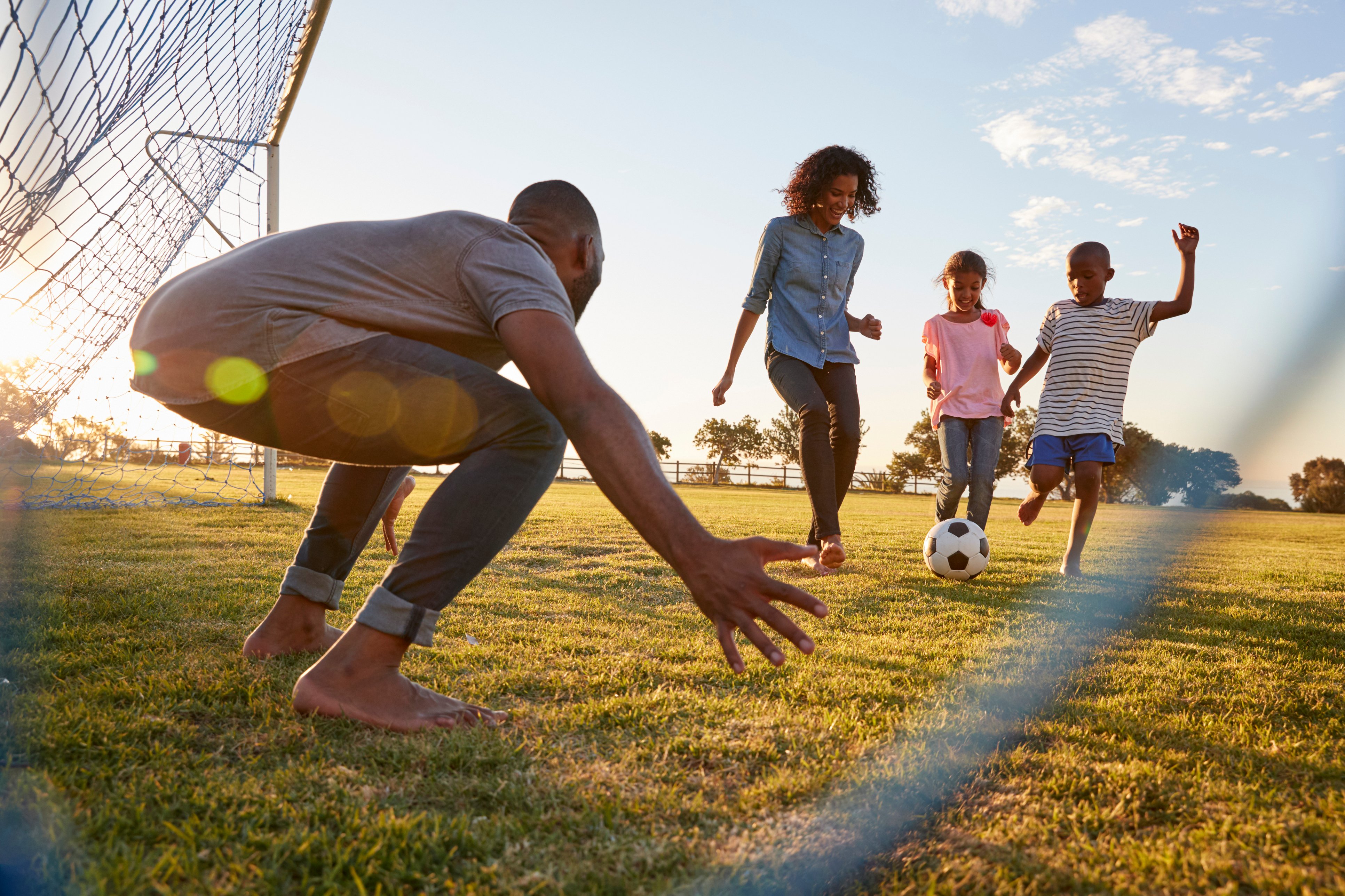Oligoarticular (pronounced: oh-lee-go-ar-tik-yoo-lur) arthritis occurs in 50% to 60% of children and teenagers who have JIA. It is the most common type of JIA in children and teenagers. It affects up to four joints in the first six months after diagnosis. There are two types of oligoarticular arthritis. These are oligoarticular-persistent arthritis and oligoarticular-extended arthritis.

Quick facts about oligoarticular-persistent arthritis
- Oligoarticular-persistent arthritis is generally the mildest form of JIA.
- It affects females more often than males.
- It usually begins before four years of age.
- It most often affects the large joints such as the knee, ankle, wrist and/or elbow joints.
- It can be associated with an eye disease called uveitis, which affects up to 20% of young people with this type of JIA.
It is rare to have permanent joint damage with appropriate treatment of this type of JIA. Some young people with this type of JIA go into permanent remission a few years after their symptoms begin. For others, the disease may last into adulthood.

Quick facts about oligoarticular-extended arthritis
This type of JIA also affects four or fewer joints within the first six months after diagnosis. However, after six months or more, children with oligoarticular-extended arthritis develop arthritis in five or more joints.
Here are a few facts about oligoarticular-extended arthritis:
- Approximately 20% to 30% of children who start out with oligoarticular arthritis will develop extended arthritis at some point.
- Oligoarticular-extended arthritis can affect both large and small joints.
- It can be associated with an eye disease called uveitis, which affects up to 20% of young people with this type of JIA.
